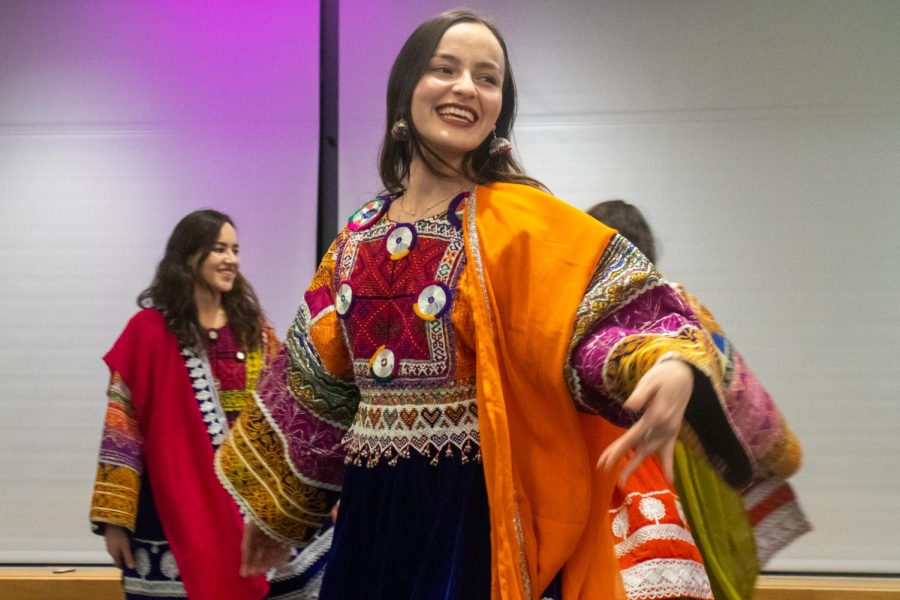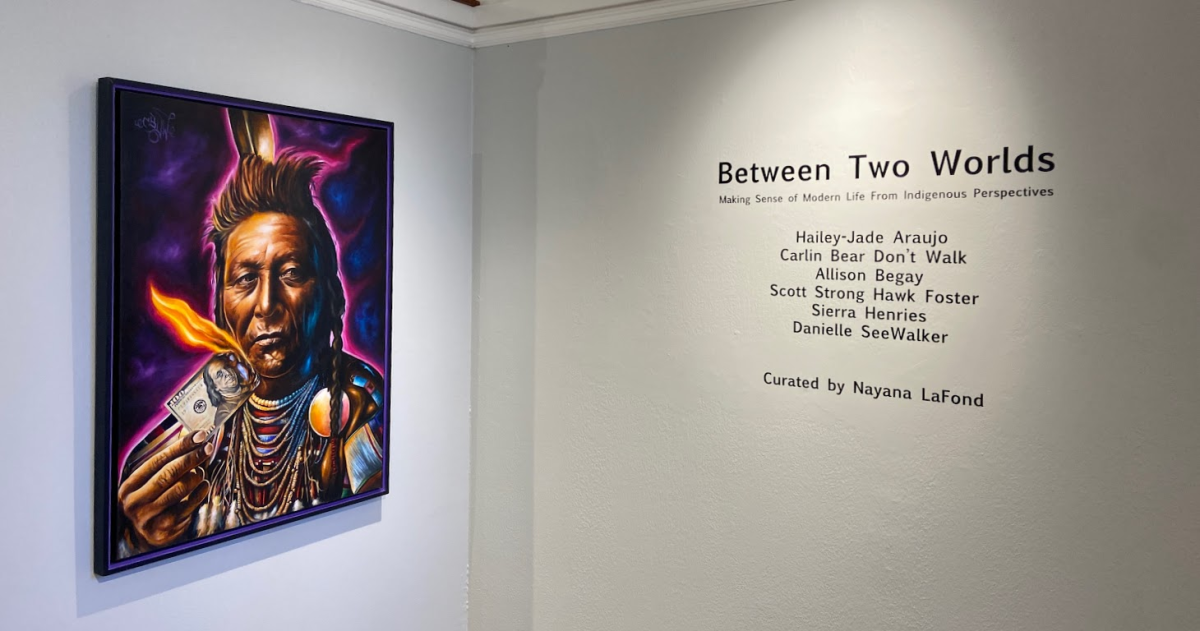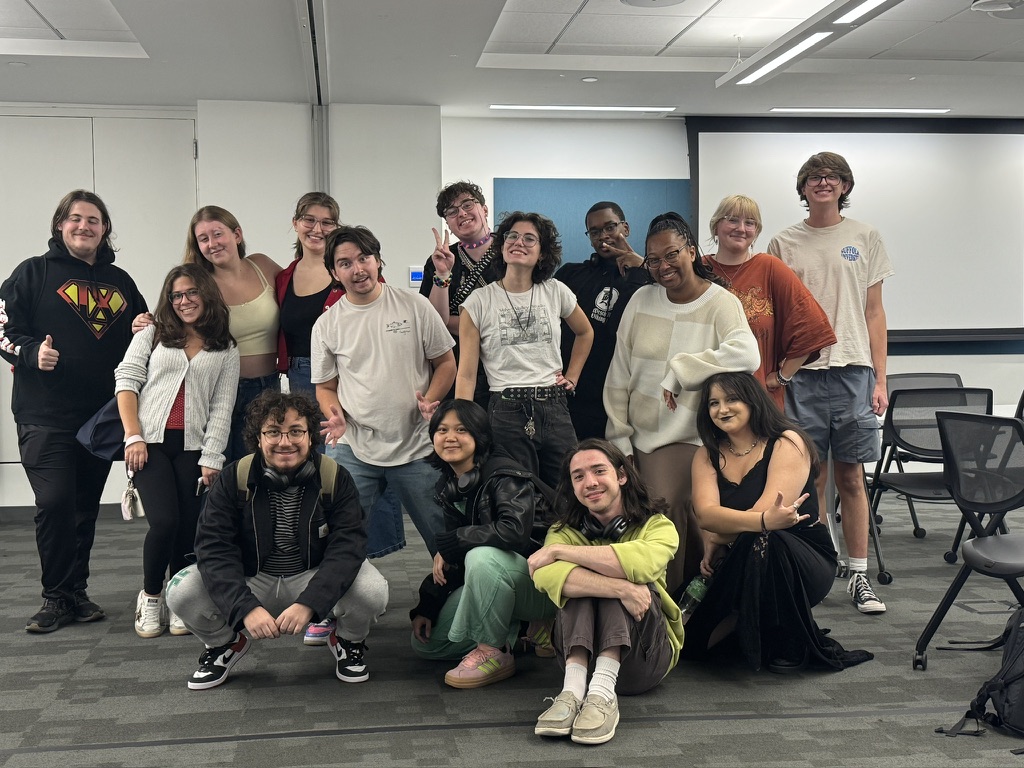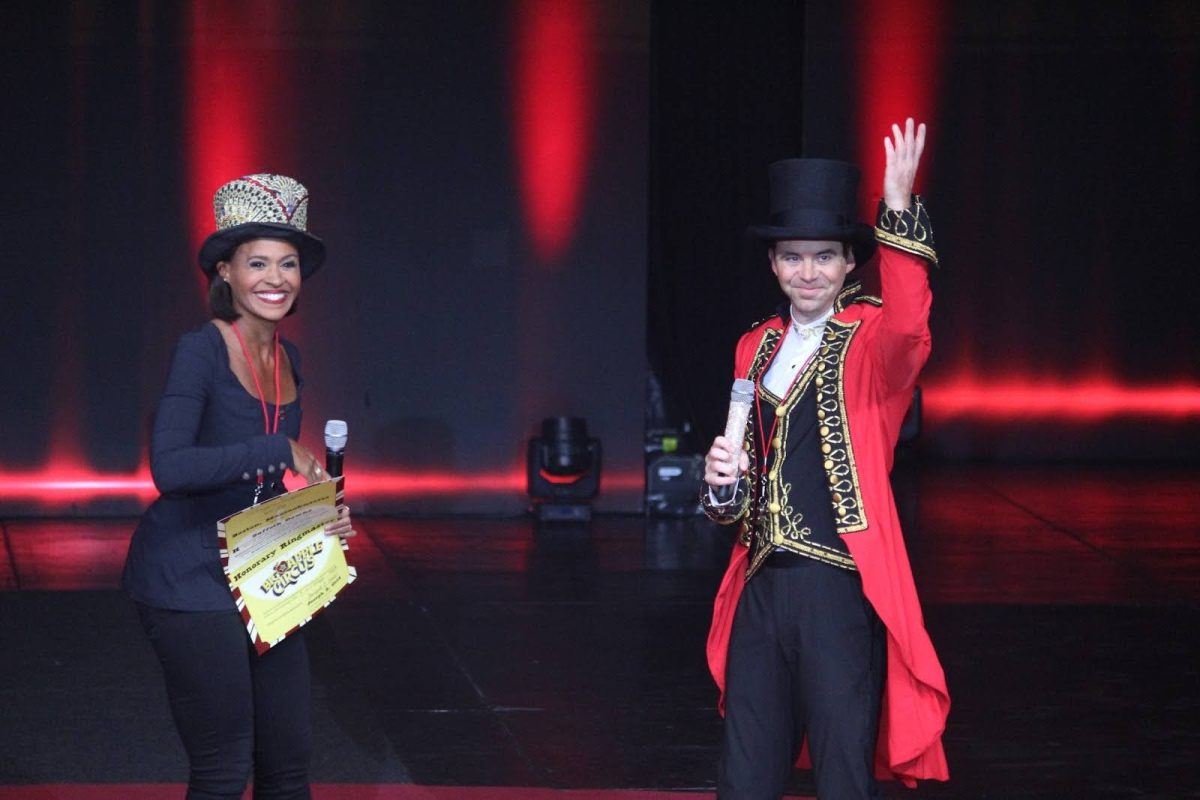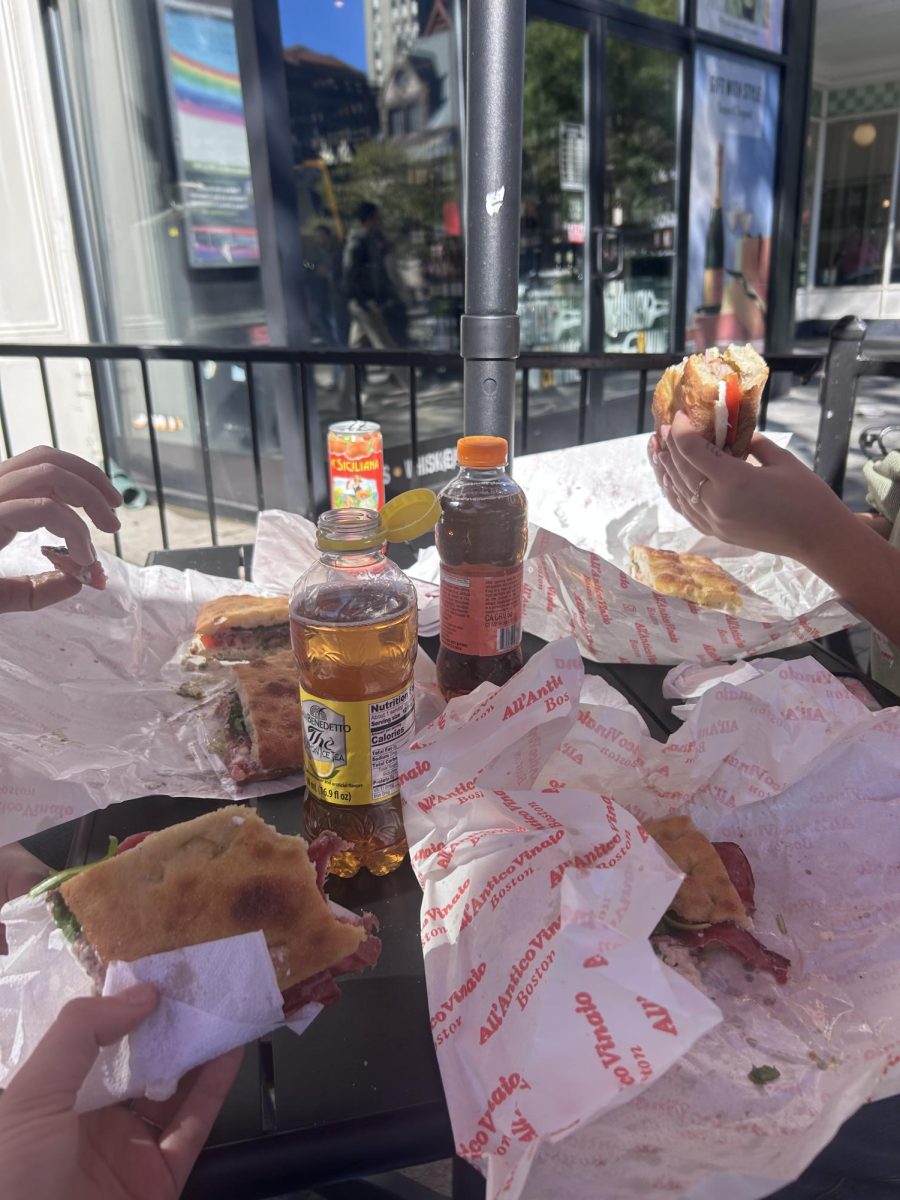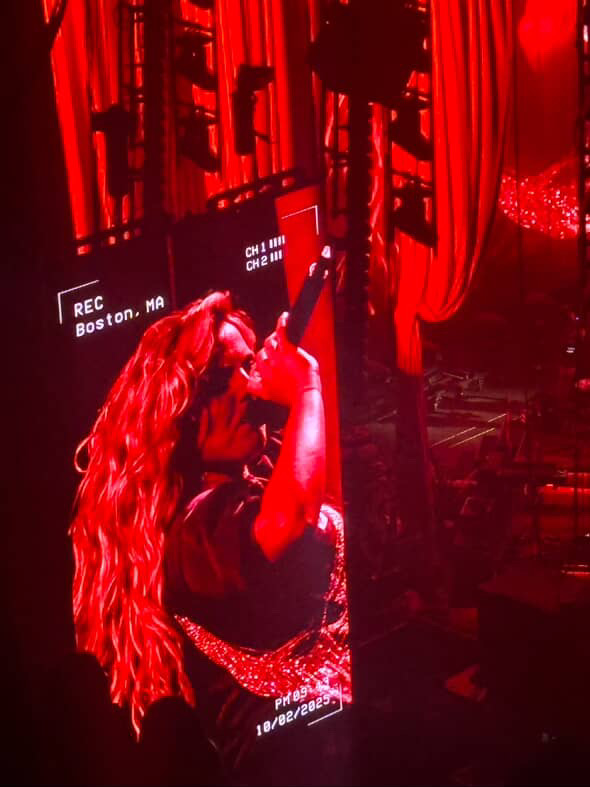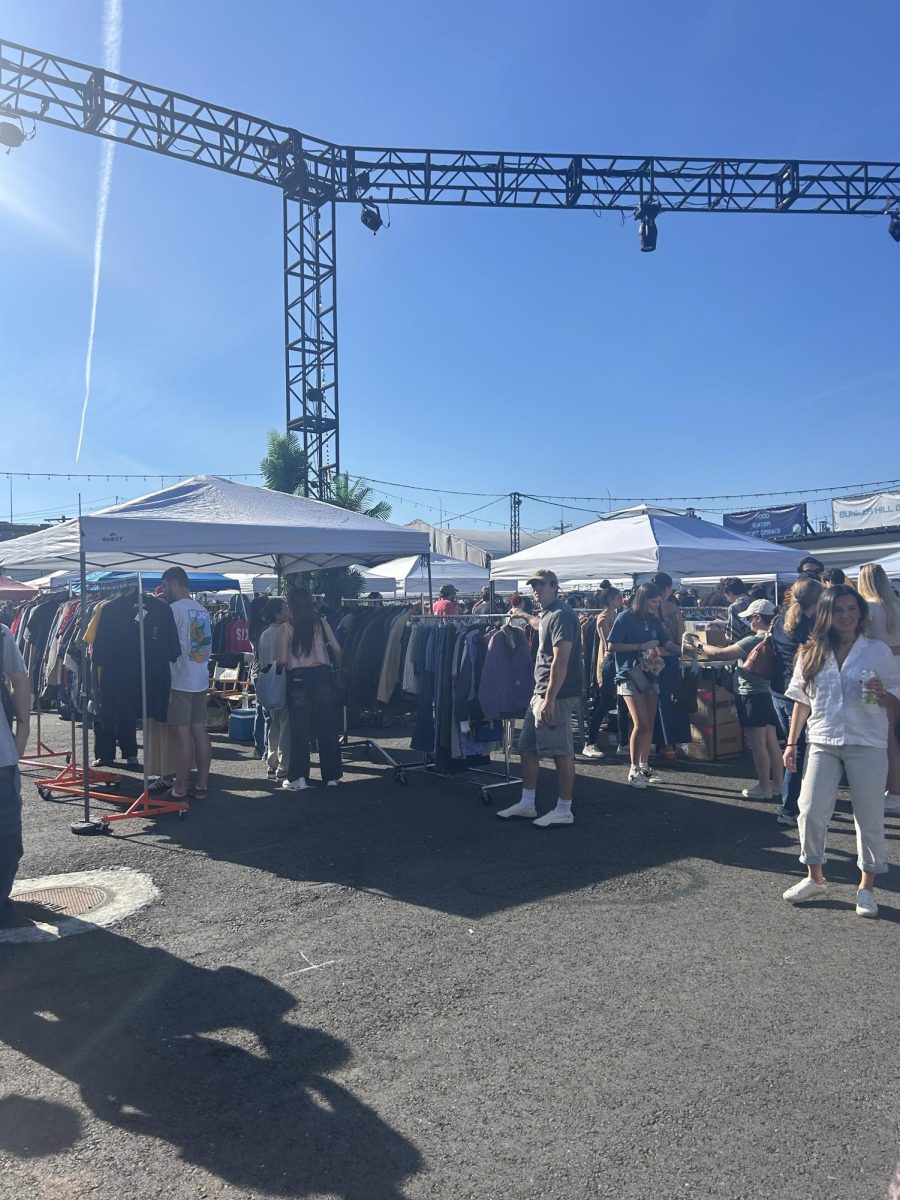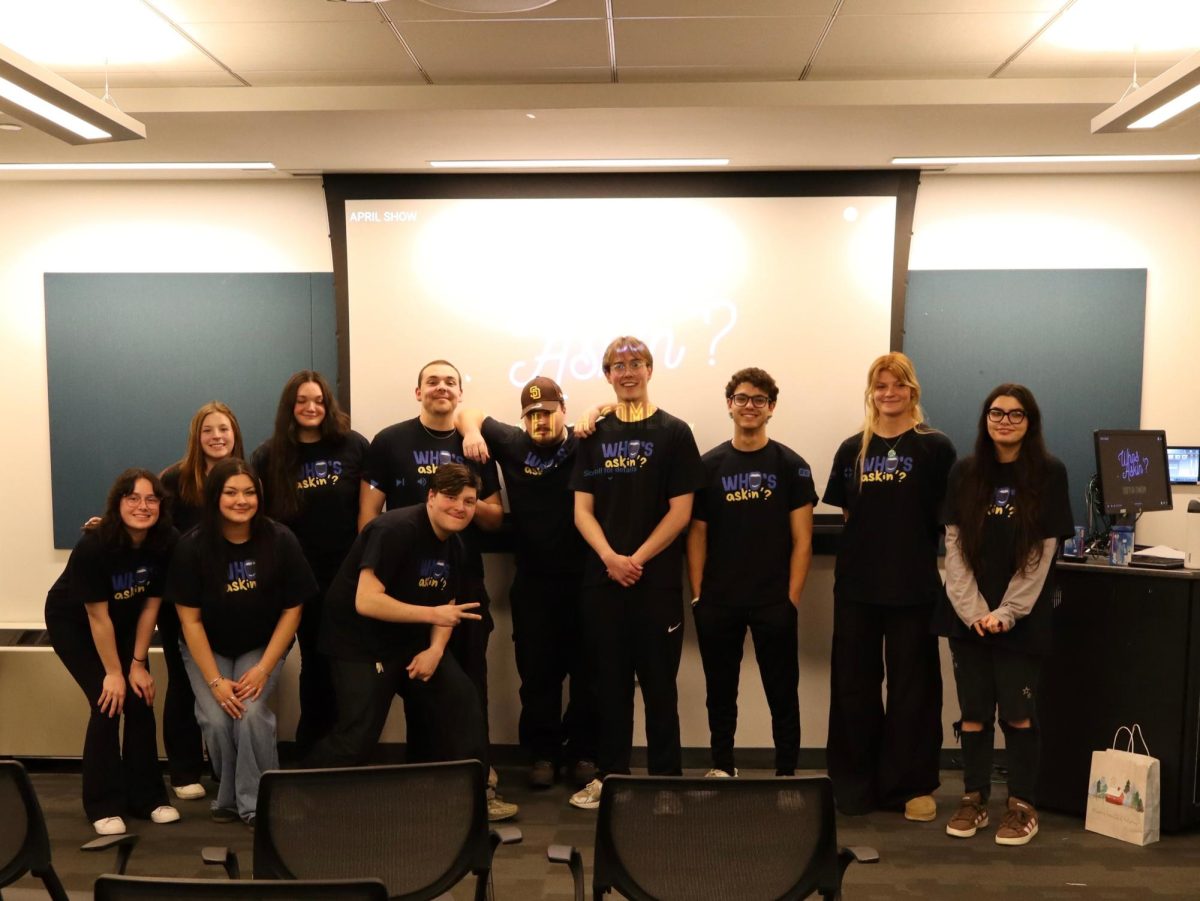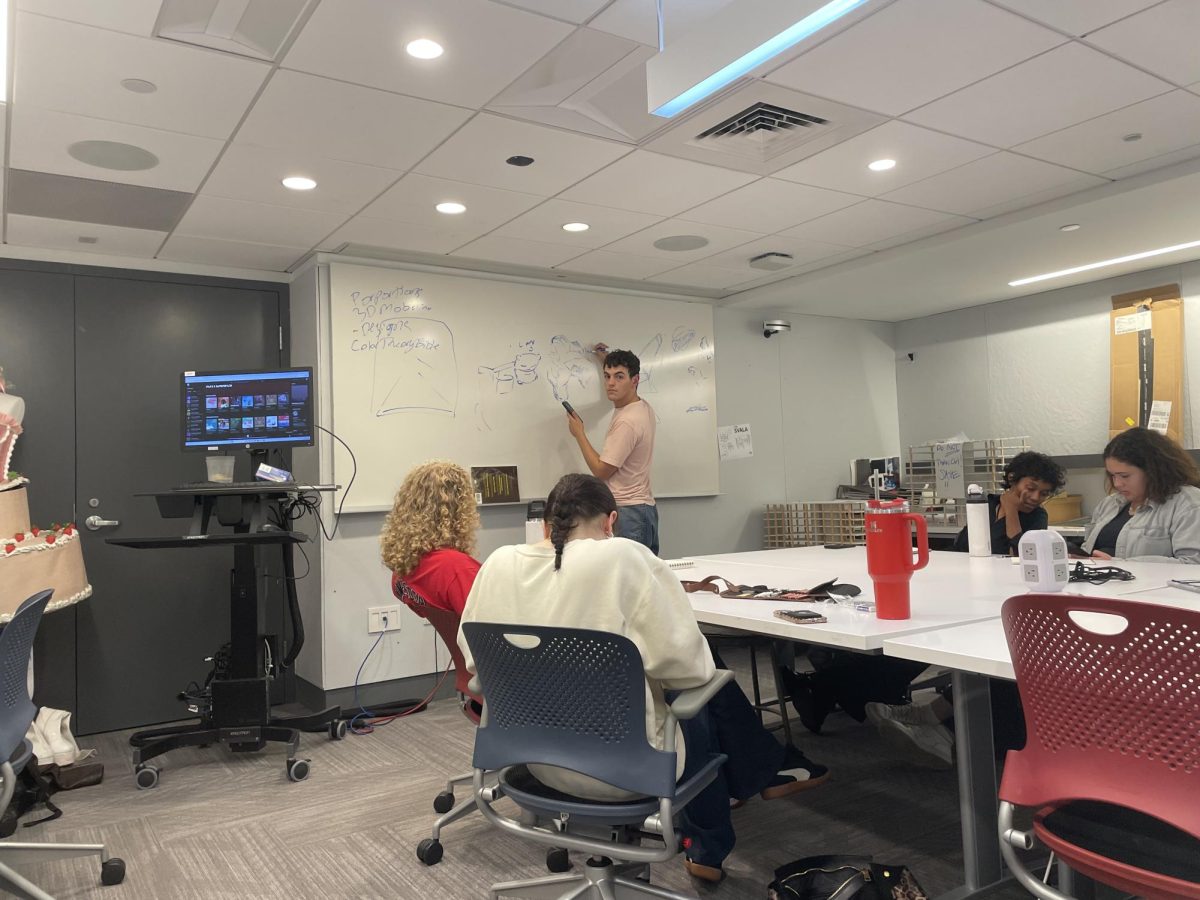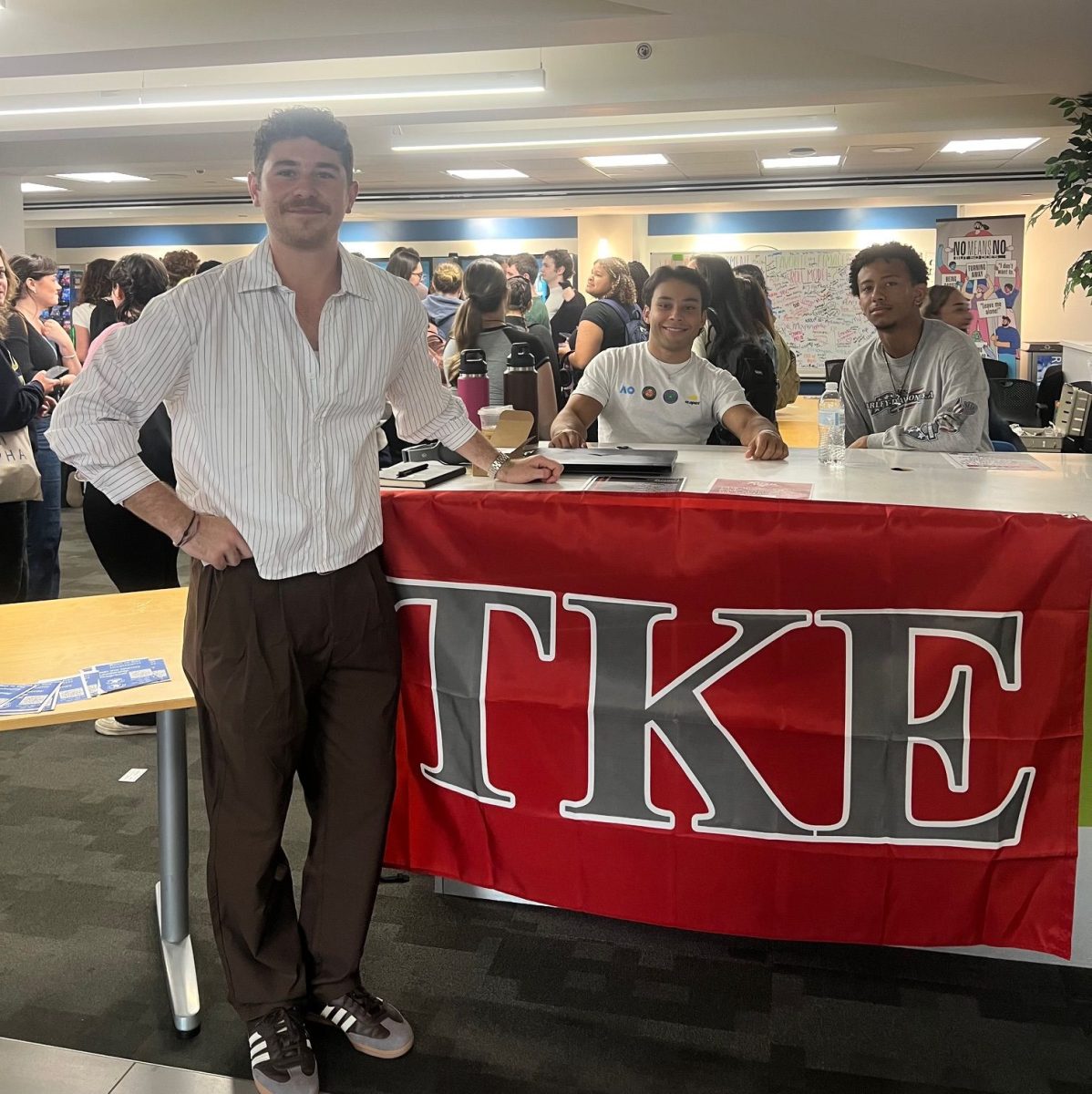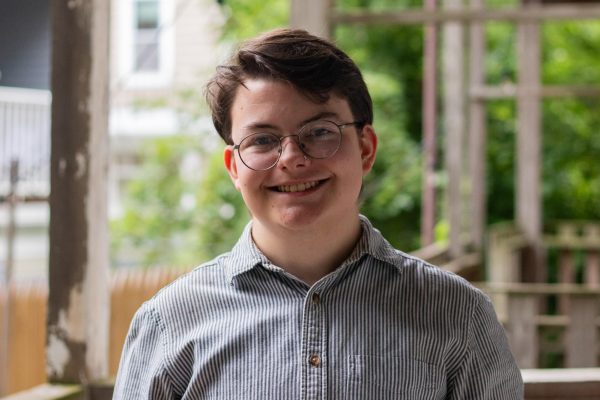Suffolk University students and staff gathered in Sargent Hall’s Sky Lounge on March 1 to view the dazzling styles of the “Come as You Are: A Celebration of Identity Through Fashion” fashion show, highlighting the importance of identity and expression.
The event was hosted by the Center for Student Diversity and Inclusion, the Asian American Association, SU UNICEF and SU Neurovariety as part of the annual Ram Inclusion Week.
Divided into two categories, culture and identity, student models strutted down the runway, showing off outfits unique to their ethnic and personal identities. Each student was introduced with a brief biography explaining their connection to the outfits they modeled.
Sisters Fariba, Suhaila and Humaira Sarwary modeled Gande Afghani, traditional clothing from their home country of Afghanistan, typically worn at weddings and large parties. The vibrant colors and intricate designs make the dresses entrancing to look at, drawing the viewer’s eye with each shift of the fabric.
Zainab Mohammadi, a sophomore accounting major, modeled a traditional Hazaran dress in honor of her Afghani heritage. Hazaras are an ethnic group native to the Hazaristan region in Afghanistan. In recent years, the group has faced discrimination as an ethnic and religious minority, according to the Minority Rights Group.
Glenlloyd Suganob and Catherine Pingol wore traditional Filipino dress, Suganob in a barong and Pingol in a baro’t saya. The lightweight outfits are perfect for the intense heat of the Philippines, allowing airflow to the wearer to keep them cool.
In his biography, Suganob shared that his Filipino heritage is a pivotal part of his identity and has shaped many of the values he holds.
“Culture gives vibrance to society and allows individuals to define who they are through their own creative expression. I am grateful to be able to speak the language and I am proud to be Filipino!” Suganob wrote.
Laila Ahmad-Zani, a sophomore sociology and international relations major and the vice president of AAA, modeled a baju kurung, a traditional dress from Malaysia. The baju kurung is the national dress of Malaysia and Brunei, according to the Malay Heritage Center.
Ahmad-Zani wrote that being Malaysian is one of the most important aspects of her identity.
“She shares she is very lucky to grow up in a household where her family put great importance in sharing Malaysian culture, food and history,” her biography said.
To close out the culture category, Maryam Mosadeghirad, a sophomore marketing major, modeled an abaya, a piece of clothing traditionally worn by Muslim women. Mosadeghirad lived in Saudia Arabia until she was in third grade and said that she cherishes her Saudi heritage.
The identity category began with Emily Gonzalez De Los Santos, a sophomore studying criminal justice, in an outfit she would typically wear to her classes. In black jeans and a knit cardigan, she said she prioritizes comfort for spending time in class and doing homework. She noted that by removing her cardigan and changing out her shoes, a daytime outfit could easily become a going-out look.
Fatimah Alayquob, a junior global and cultural communications major, modeled a hijab, a headscarf typically worn by Muslim women. Alayquob wore a hijab from the ages of nine to 18 and said that while she no longer wears one everyday, it remains a core component of her identity.
Nadav Gerber, a sophomore global and cultural studies major, concluded the identity category with an outfit that showcased his love of anime. The look showed off pieces inspired by Denji from Chainsaw Man and Tanjiro from Demon Slayer.
The show concluded with a final walkthrough of all the models, met with raucous applause. The students elegantly showed the important elements that shape their identity, all while teaching the Suffolk community about incredible culture and methods of expression.
Follow Leo on Twitter @leowoods108


